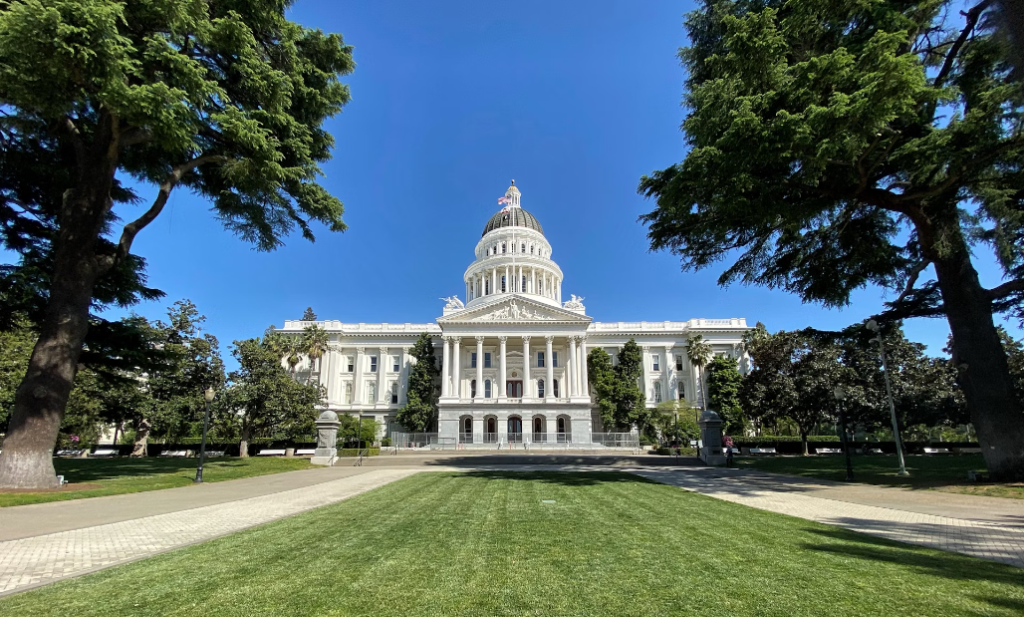Historical preservation projects are being launched throughout America for two primary reasons: funding is abundantly available, and public assets are treasures that communities like to rescue. The projects create jobs, boost local economies, raise property values and please citizens. Dozens of federal programs provide ample funding support.
The National Park Service, which oversees much of the available funding, estimates that the Historic Preservation Tax Incentives Program spurred $34 billion of investments in historic preservation projects over the past several years — an average of $8.5 billion per year.
The old passenger rail depot in Fresno, California, will soon be renovated and repurposed at a cost of $33 million. When completed, the facility will provide a gathering place for public events. The 130-year-old building is a nationally registered historic site that will be enhanced by a park and plaza with green space and shade, along with transit and electric vehicle charging stations. Currently in the design stage, the project is expected to be ready for launch by 2025.

The Noyes Cultural Arts Center in Evanston, Illinois, was first built as an elementary school in 1892, and city leaders plan to overhaul the building’s mechanical and electrical systems. Plans include eliminating the use of natural gas by replacing the system with a geothermal unit at a cost of approximately $29 million. This project is in the pre-design phase, and work is expected to begin in 2025. It has not been decided whether to stagger the work phases or launch a larger project in which all phases are done simultaneously. The first effort will include installing a geothermal field under Tallmadge Park. Phase 2 will cover the renovation of the building’s basement and the installation of a dedicated outdoor air system for temperature control. Phases 3 and 4 will renovate the first and second floors, respectively. A final fifth phase will remove the old electric system and install a photovoltaic solar panel array.
The State of Washington’s old Capitol Building in Olympia, initially built in 1892, will undergo a $22 million comprehensive roof replacement. The replacement project will prevent future interior and structural damage. The work will include rigid insulation, self-adhered roofing membrane and standing seam roofing in-kind. The low-slope PVC roofing will also be replaced, and fall protections and arrest anchors will be upgraded to ensure secure access to steep-sloped roofs. Roof leaks will be mitigated to prevent future damage to the building, and a fall restraint and fall arrest system will be installed, informing the facility administrators of any ongoing maintenance needs. The project’s design phase began in 2023 and will be ongoing through 2025. Construction is expected to start immediately after the design phase, and a project completion date is set for 2027.
The historic Booker T. Washington Auditorium on the University of South Carolina campus is scheduled to undergo renovations and be expanded to include an adjacent facility. When completed, the $24 million project will provide an enhanced public asset to house exhibit space, archives and a research library. The 100-year-old building, now functioning as a lecture hall for classes, will benefit from additional classrooms and meeting space for public events. Construction on the building will begin after the auditorium renovation is complete.
A $17 million expansion project for the Isley Public Library in Middlebury, Vermont, will include renovations and adding 8,000 square feet of space. Additions to the outside of the original building will call for skylights to keep natural light on the original masonry. The interior will be restored to a great room that can be used for events. The new library will also feature a community meeting room, conference space, classrooms and an activity room for children’s programs. Currently in the design phase, that work should be completed in August 2024. Construction bidding is scheduled for late 2024, and construction will begin in April 2025.
The Moore Public School District in Oklahoma has announced plans to restore a century-old school facility so it can be used again. When completed, the facility will host the VISTA Alternative School. Cost estimates will range between $4 million and $6 million.
There are all types of renovation projects, and any public official, citizen or organization interested in saving a historic facility of any kind will be able to find support for the many types of programs that Congress has explicitly funded for these types of initiatives.
About the Author:
As President and CEO of Strategic Partnerships, Inc., Mary Scott Nabers has decades of experience working in the public-private sector. A well-recognized expert in the P3 and government contracting fields, she is often asked to share her industry insights with top publications and through professional speaking engagements.
Tags: Boosting Local Economies through Preservation, Community Development through Preservation, Enhancing Cultural Heritage, Federal Funding for Restoration Projects, Historic Renovation Initiatives, Historical Preservation Projects, Investing in Historic Buildings, Job Creation in Preservation Projects, Restoring Public Infrastructure, Revitalizing Public Assets






 RSS Feed
RSS Feed